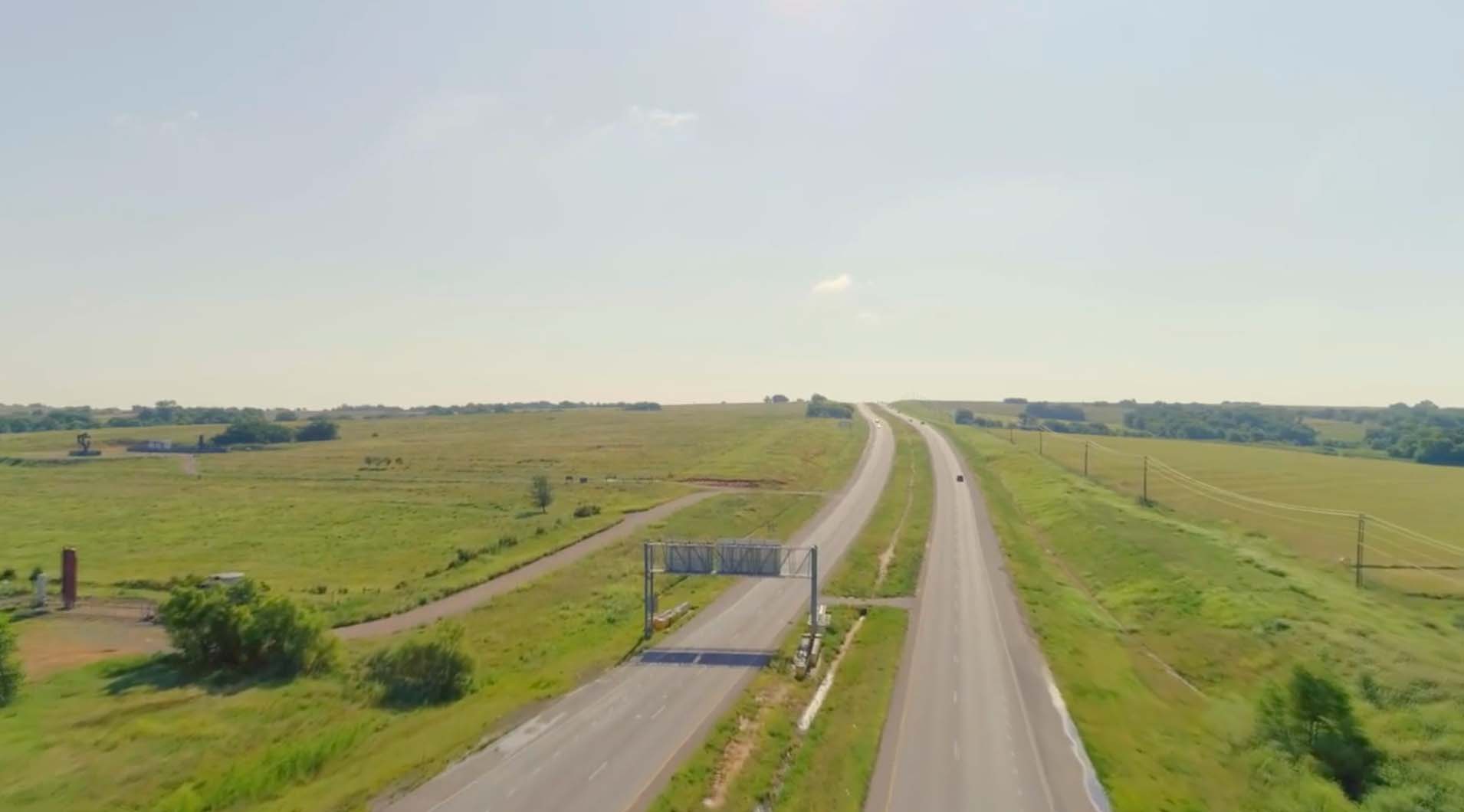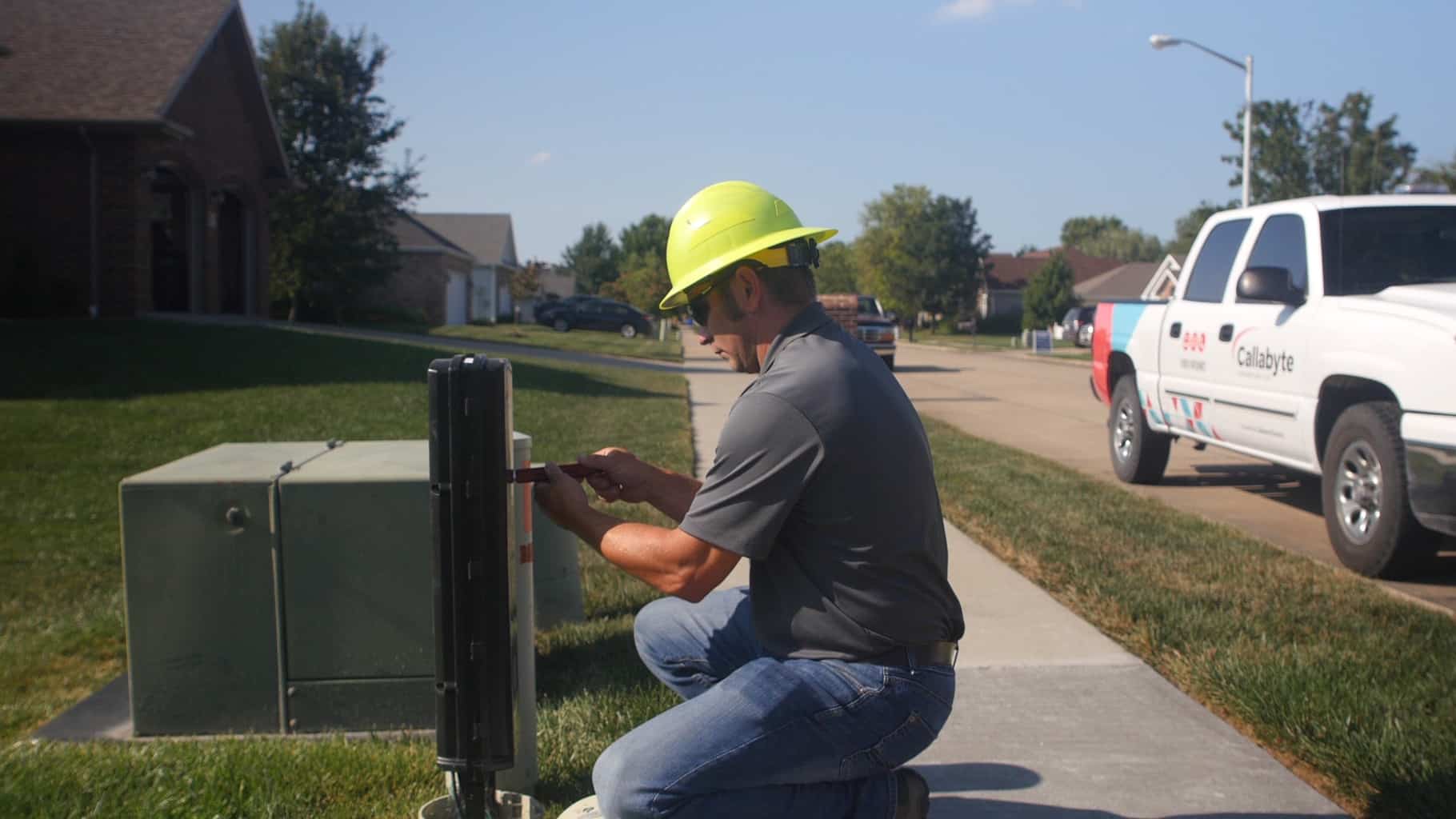Conexon Blog
Discover stories, thinking, and expertise from members of our team about topics and insights for electric cooperatives considering or operating rural broadband networks.

Sunk Costs: A Cautionary Tale
How the FCC wasted $45 billion on rural “broadband” and what the current FCC/Congress/Administration should have learned.

A New Section 254: A “Connect All Americans” Proposal
If you live in rural America, how is government planning for broadband working for you? After tens of billions of dollars of public money spent in this manner, and nearly half of rural America still lacking broadband service, I’d suggest it is time to try a different approach.

Fix the RDOF Now (part 2)
CAF I funding was wasted money. CAF II ROFR funding was wasted money. Three-quarters of CAF II auction funding is wasted money. Is it too late for RDOF? That’s now up to the Rosenworcel FCC.

Fix the RDOF now
CAF I funding was wasted money. CAF II ROFR funding was wasted money. Three-quarters of CAF II auction funding is wasted money. Is it too late for RDOF? That’s now up to the Rosenworcel FCC.

The Rural Broadband Acceleration Act: An Explainer
The idea started out simply enough. In January, the FCC had adopted its RDOF auction design whereby Gigabit tier bidders would win in the auction against all other bidders. In March, the FCC had identified the eligible census blocks and the amount of funding.

Accelerate the RDOF: How to Spend Billions for Long-Term Critical Broadband Infrastructure, Create Jobs and Stimulate the Rural Economy NOW
At a time of uncertainty, one thing is certain. The world is interconnected in many ways, and the future of information, education, work, health care, shopping, social connection and entertainment are all tied to internet access.

SpaceX is Aptly Named (Space Pig-in-a-Poke was apparently already taken)
Earlier this week, the FCC released a Public Notice that proposed the most significant change to date to Chairman Pai’s signature broadband policy, the Rural Digital Opportunity Fund (RDOF).

The Rural Digital Opportunity Fund: Conexon’s Comments filed with the FCC
A decade ago, the FCC set a course to put rural America at a long-term disadvantage to the rest of the country.

A Lost Decade: Ten years ago, the federal government began to implement a broadband policy that put rural America at a structural economic disadvantage to the rest of the country. We can do better.
It’s been over a decade since passage of the American Reinvestment and Recovery Act (ARRA), which in part allocated many millions of dollars to the FCC to write a national broadband plan.

The Rural Digital Opportunity Fund: A Proposal to Include Local Community Support in the RDOF Auction
Chairman Pai’s Rural Digital Opportunity Fund (RDOF) is the most significant rural infrastructure initiative of our time.

Correcting a Fatal Flaw in the ReConnect Program: A Proposal for a Safe Harbor Procedure
For the most part, the ReConnect program rules are well constructed and put an emphasis on the right metrics: those areas of the country most expensive to serve and least well-served.

When Nothing is Better than Something: Your rural community may be blocked from receiving better internet service because of the availability of satellite. And what you can do about it.
The Connect America Fund II auction was largely a success. For less than half the money per location previously spent on 4/1 Mbps and 10/1 Mbps services, rural electric cooperatives have secured $250 million in funding to build fiber networks and offer Gigabit services.

Congratulations, Mississippi Electric Coops! Now, let’s build some rural broadband networks.
At a Broadband Communities conference a while ago, the theme was: There is not just one “right way.”
I disagree, at least when it comes to electric coops. There is a right way. Fiber-to-the-home networks, like electric networks, are large-scale infrastructure projects. It is important to understand what has worked, what hasn’t worked, and why.

Dear RUS: How to Prove a Negative (Part 2)
In addition to the criteria described in Part 1, I propose one more criterion concerning the validity of the National Broadband Maps: evidence of consumer decisions.

Dear Rural Utilities Service: How to Prove a Negative, or Why the National Broadband Maps stink and what to do about it (Part 1)
The Rural Utilities Service is seeking comment on several aspects of its new rural broadband pilot program. The most significant of the questions relates to where public funds may be spent.

Overbuilding, aka Competition, is the American Way
When I was a college and graduate student, I studied the Soviet Union – its history, military, culture, and economic system. I studied Russian language at language immersion programs here and in the Soviet Union.

Five Buckets of Federal Funding for Rural Broadband – A Primer
Over the past decade, federal programs that support broadband have adopted various approaches in determining who gets funding where: grant applications, auctions, portable consumer subsidies, and legacy subsidies for incumbent telephone companies.

New York Does Rural Broadband Right
Something extraordinary happened yesterday in the world of rural broadband. The state of New York announced the winning bidders in Phase 3 of its rural broadband auction, and the largest winning bidder was – Verizon.

FCC to rural America: Drop Dead Pt 2
The FCC declares that 432,302 rural homes and small businesses now have broadband service. Rural broadband problem solved.

The Risk of Fraudulent Bidding in the FCC Connect America Fund Auction

Let Rural Consumers Decide their Broadband Future: Five Steps to Gigabit Service throughout Rural America

Conexon further solidifies its leading role as the most experienced fiber to the home consulting group assisting rural electric cooperatives.

The New FCC Phantom Subscriber Program

The FCC protects legacy networks. Let rural consumers choose their future with portable subsidies.

FCC to Rural America: Drop Dead

Waiting for Harry Potter

Four Tenets of Rural Broadband


